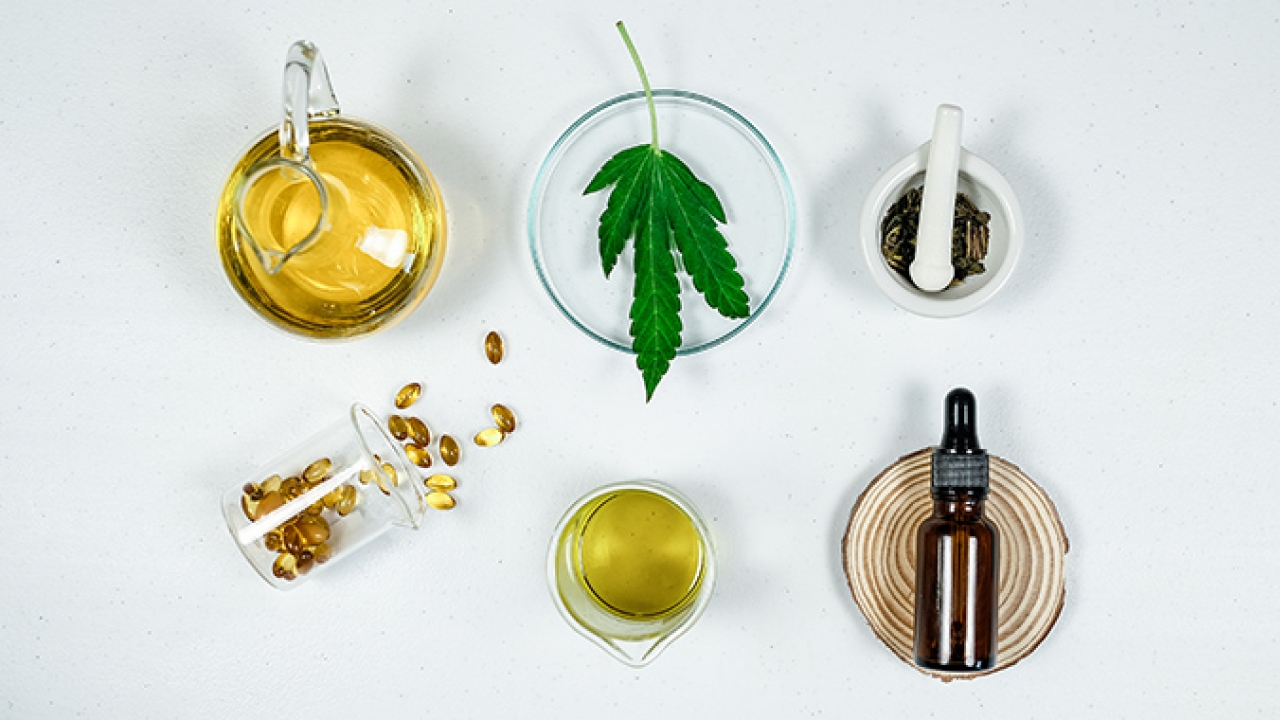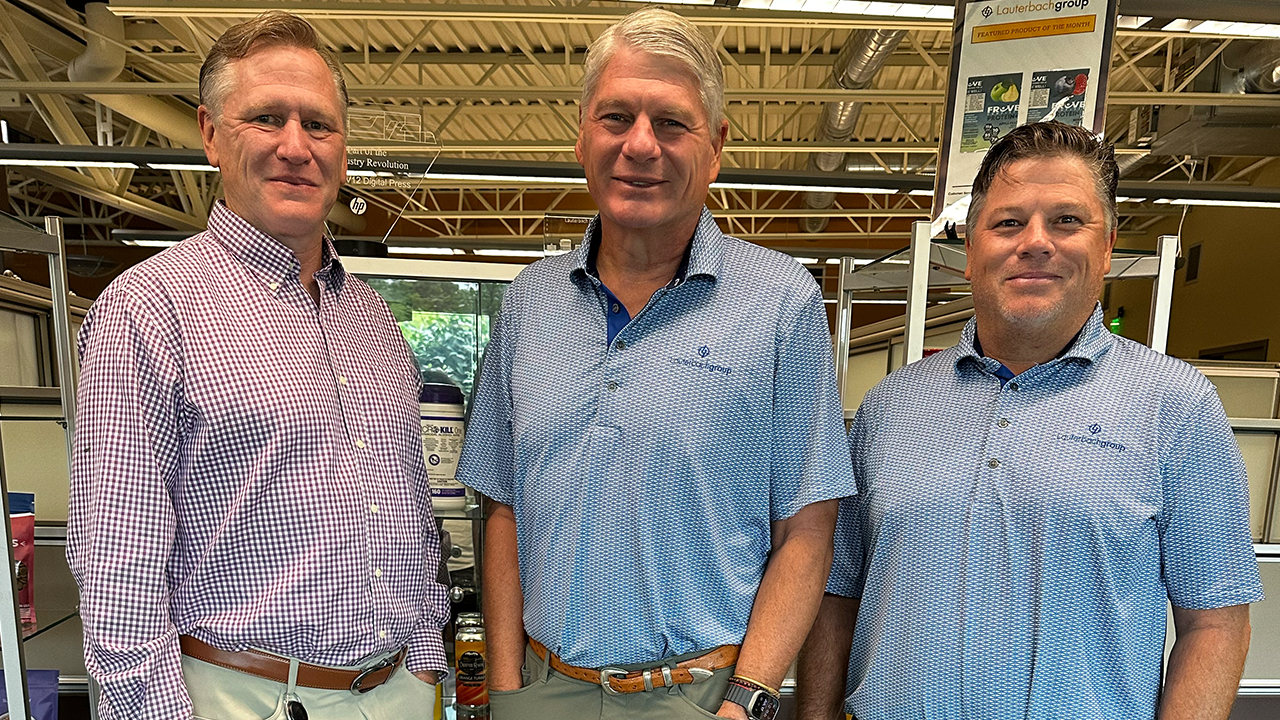Legal cannabis market matures

The value of the legal cannabis market was growing faster than dot-com boom in the early 2000s, we reported; a time that was marked by more US states eyeing legalization and Canada on the cusp of country-wide rollout.
What seemed just two years ago to be a new cash cow for the packaging industry is today facing supply chain issues, a muddy regulatory environment and a still-thriving black market, and is proving to be a market that needs careful consideration before entering. All that being said, bright spots exist in the market as it matures.
Market value
Globally, the legal cannabis market is expected to reach 73.6bn USD by 2027, with the US making up more than 85 percent of that, according to Grandview Research. More US states in 2019 moved toward a governmental regulated medical and recreational marketplace, and the Farm Bill, a piece of US legislation, paved the way for CBD products to be sold in retail stores across the country. (CBD is a non-psychoactive compound that doesn’t produce the same ‘high’ associated with THC, which is found in cannabis plants.)
In the US, 38 states and Washington, DC, allow some form of legalized cannabis, but it’s still illegal federally and listed as a Schedule 1 drug (alongside heroin, acid and LSD), meaning it’s prohibited in states without cannabis laws on the books.
Ron Basak-Smith is CEO and co-owner of Colorado-based Sana Packaging, a company that has developed cannabis packaging such as tubes, containers and jars, that are made from 100 percent plant-based hemp plastic, reclaimed ocean plastic and other materials.
The sustainability message at Sana Packaging plays well in appealing to a consumer base that tends to be more sustainability minded.
‘When we started Sana Packaging, we thought this industry must have a better way to package these products,’ Basak-Smith says. ‘We really believe that single-use packaging is the biggest issue facing this industry. We believe the world of cannabis is moving towards developing business models that meet the needs of the future: more local, regional manufacturing systems and a circular economy.’
Basak-Smith, who has worked in the cannabis industry since 2017, describes the market using the analogy of human development: ‘Cannabis a couple years was in the very early stages. It was a baby, and no one really knew what the baby would be like, or if it would even survive. A lot of care was needed, and there was a lot of learning going on,’ he says. ‘Right now, the cannabis industry is coming into its teens, and that’s a very disruptive time. There was a growth spurt that occurred a little early, and in some ways the market didn’t mature fast enough. It’s kind of like a kid that’s too big for its body.’
‘A lot of money came in to play with the hopes that federal legalization would come quickly, or that these companies could go and establish in legal markets,’ Basak-Smith continues. ‘The thing that is most critical to remember is that each state is operating like its own country. So, if I have a business, and I’m going to go out and do 39 different countries, many people would say that’s a very bad business plan.’
Regulatory landscape
In the US, the path to profitability in the legal cannabis market isn’t always a straight line. Without federal standards for labels, packaging and distribution, each US state decides its own rules, making it difficult to operate cannabis businesses across state lines. That’s coupled with expensive licensing and high taxes on cannabis companies, meaning they are operating on razor-thin margins while trying to navigate complex or evolving regulations.
Many state laws regarding packaging are vague, so the label and packaging supplier who can navigate the landscape is more likely to be successful.
Jim Andrasic is the former owner of American Pouch Converters, and after rolling his company into the Advanced Converting Works, he is now director of child-resistant packaging for ACW’s global operations. ACW is a supplier of pouches to many of the top cannabis brands. American Pouch Converters was the first US company to provide a child resistant pouch to the cannabis industry.
Andrasic not only knows packaging, he knows the cannabis market. Advanced Converting Works averages about 5 to 10 million cannabis pouches a month. ‘There are over 38 markets in which we [packaging suppliers] have to operate in and each one of those markets can have its own set of regulations and compliance mandates,’ he says. ‘This makes it not only difficult for us to navigate, but even more so for the cannabis brand. That is why cannabis brands rely on companies like American Pouch Converters.’
‘For the most part, cannabis brands do not have packaging engineers on staff, nor do they want to at this point,’ he continues. ‘For first-time customers or new brands, I tell them to start planning their packaging with us when the first seed or clone goes into the soil. Existing customers usually see a turnaround in two to four weeks.’
Further complicating the bottom line, the legal cannabis market is heavily taxed as many states look at cannabis to salvage their budgets. A key driver for proponents of legalization is the additional tax base the drug could bring in. Illinois, for example, which opened the legal market in January, brought in 10.4m USD in tax revenue in the first two months of 2020, according to news reports. That also means legal cannabis tends to be more expensive, so the black market is still alive and well. The US market is markedly different than in its Canadian neighbor, which rolled out country-wide legalization in 2018. In Canada, cannabis is heavily regulated across the board, and packaging is no exception. There are limitations on nearly every aspect of cannabis packaging, from selecting the right physical containers and including the right information on the outer packaging or label. And not all products are the same. There are different rules for dried cannabis, fresh cannabis, cannabis oils, plants and seeds. Supply chain issues emerged early on. It’s estimated that Canada’s cannabis tax revenues were 66m USD in 2019.
Bright spots
In the US, proponents of legalization say it will add billions of dollars to the economy, create jobs and free up public resources from marijuana enforcement.
There is still significant money coming in from cannabis investors in the hope that federal legalization is on the horizon. The label and packaging supply chain is watching closely.
Thermal transfer ribbon suppler Armor is a preparing for such a scenario. The company has a full range of ribbons for the cannabis industry, from short shelf-life labels to high durability products. Its APX FH+ in particular is a ribbon that many players use, from seeds to sales. ‘Because this industry is so fresh, the opportunities are seemingly endless,’ says Armor’s communications specialist Jensen Harris. ‘This market continues to grow and it’s not stopping anytime soon. The label supplying industry will ramp up its ability to produce results that meet all the standards that are put in place. The variety of applications within the cannabis industry, from growing to resell, is huge, with multiple needs requiring various label types.’
‘This industry as a whole combines labeling needs currently seen in the horticulture, pharmaceutical, cosmetics and retail industries,’ he continues. ‘States and nations that allow the growing and sales of cannabis and derivative products are imposing strict regulations, and even though these regulations create hurdles and lack uniformity, they can be followed correctly, creating thriving opportunities for the labeling players.’
Whether the US will move towards full legalization is the million-dollar question. It is an election year and US president Donald Trump has signaled he prefers letting the states decide, while presumptive Democratic nominee Joe Biden supports federal legalization.
‘A lot of companies are assessing the market over the past three years and looking at the future path to success and profitability,’ Andrasic says. ‘There is a lot of uncertainty, but there is also a lot of opportunity ahead.’
Stay up to date
Subscribe to the free Label News newsletter and receive the latest content every week. We'll never share your email address.


